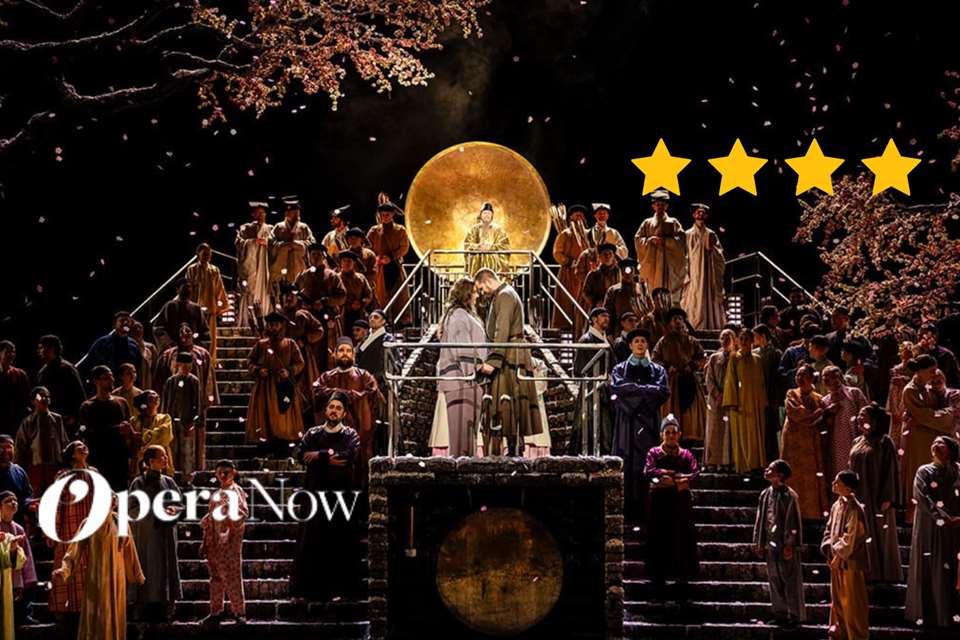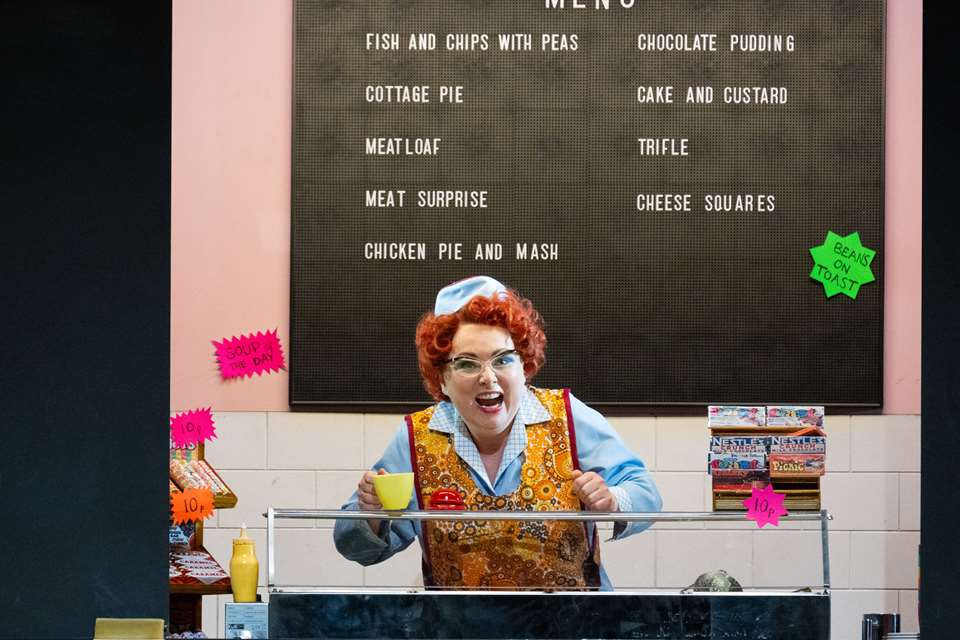Stephen McNeff: A Star Next to the Moon at the Guildhall School of Music and Drama | Live Review
Lauren McQuistin
Thursday, February 29, 2024
'Its conflicts and contrasts never quite allow the audience to get too comfortable, and the delivery on stage suitably portrayed an unnerving portrait'
Register now to continue reading
This article is from Opera Now. Register today to enjoy our dedicated coverage of the world of opera, including:
- Free access to 3 subscriber-only articles per month
- Unlimited access to Opera Now's news pages
- Monthly newsletter









